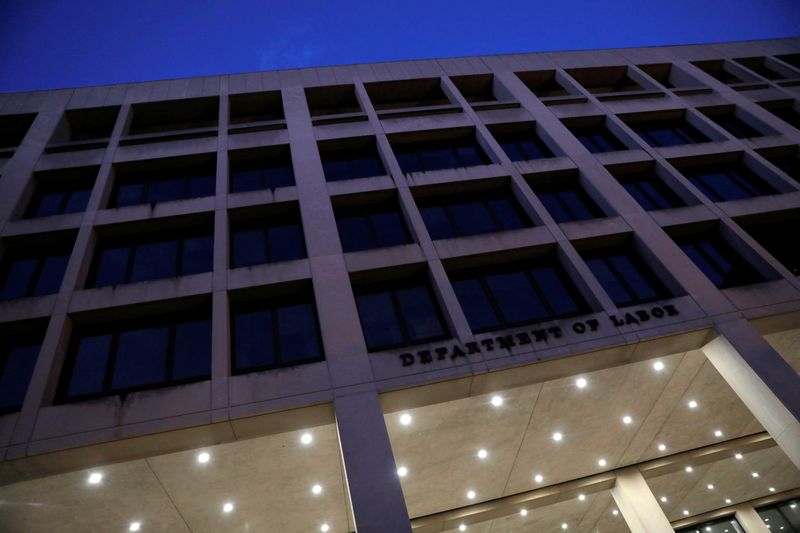Navigating digital marketing in 2024, business owners and marketers often wonder about the cost of Google Ads. Understanding the cost is crucial for developing effective digital marketing strategies. Google Ads are essential for businesses looking to enhance their online presence due to their wide reach and targeted precision. However, the costs of Google Ads are not one-size-fits-all and vary based on multiple factors. In this article, we will explore the complexities of Google Ads pricing, including industry-specific cost differences and average CPC/CPA figures.
Understanding Average CPC Across Different Google Ads Types
The cost of Google Ads varies significantly across different ad formats. Let’s start by delving into the average Cost Per Click (CPC) for various types of Google Ads, which can help inform your advertising decisions.
Paid Search Ads: Paid search ads appear prominently in Google’s search results and are at the heart of Google Ads. In 2024, the average CPC on the Search Network ranges between $1 and $2. This range is influenced by the competitiveness of your chosen keywords and the alignment of your ads with those keywords. Relevance is key here – the closer your ad matches the search query, the more likely you are to achieve a favorable CPC.
Display Ads: Display ads have a significant impact across many websites within the Google Display Network. Interestingly, the CPC for display ads is typically lower than that of paid search ads. This is because display ads are primarily aimed at expanding brand visibility rather than generating immediate clicks. They are like digital billboards, designed to capture attention and create a lasting impression.
Other Ad Formats: In addition to the most common types of Google Ads, there are several other formats with unique pricing:
– Video Ads: These ads are often featured on YouTube and their costs vary based on video length, targeting, and viewer engagement. They are effective for engaging storytelling and brand impact.
– Shopping Ads: Designed for e-commerce, the costs of these ads are influenced by market competition and listing quality. They display products in search results, facilitating direct sales.
– App Ads: Targeted for mobile app promotion, these ads appear across Google’s networks, including the Play Store and YouTube. Costs vary based on desired user actions, such as installations.
– Local Service Ads: Best for local businesses, these ads appear in Google Search and are charged per lead. Pricing depends on the service type and location, making them ideal for attracting local clientele.
Calculating Google Ads Cost: CPC vs. CPA
Deciphering the cost of Google Ads involves understanding two key metrics: Cost Per Click (CPC) and Cost Per Acquisition (CPA). These metrics significantly influence your bidding strategy and overall campaign efficiency.
CPC (Cost Per Click): CPC is the amount you pay each time someone clicks on your ad. It is fundamental in the bidding process for Google Ads. When setting up a campaign, you decide the maximum CPC you’re willing to pay for each click, which directly affects your ad’s placement and visibility. The average CPC can range from $0.11 to $0.50 on the Google Search Network and Google Display Network, but these figures can vary based on factors like industry competitiveness and keyword selection.
CPA (Cost Per Acquisition): CPA focuses on the cost of acquiring a customer or a specific action, such as a sale or a sign-up. It is a vital metric for evaluating the efficiency and profitability of your Google Ads campaign. CPA can vary widely across different industries. Industries with higher-value conversions, like legal services or insurance, might see higher CPAs due to increased competition and the significant value of each acquisition. Understanding and optimizing your CPA is key to ensuring that your Google Ads spend translates into tangible business results.
Balancing CPC and CPA: Key to Google Ads Success
Effectively balancing CPC and CPA is critical for campaign success. CPC helps manage the cost of attracting site visitors, aiming to maximize clicks within your budget. However, driving traffic is only part of the equation. CPA steps in to gauge the effectiveness of these clicks by assessing how they convert into meaningful customer actions, such as purchases or sign-ups. Monitoring and adjusting these metrics involve analyzing which keywords and ad placements yield the most cost-effective conversions and tweaking your CPC bids accordingly. This continuous cycle of testing, measuring, and adjusting ensures that your Google Ads spending is not just an expense but an investment in your business’s growth.
Factors Influencing Google Ads Cost
Several key factors come into play when it comes to the cost of your Google Ads, shaping how much you’ll ultimately spend. Understanding these elements can help you navigate Google Ads pricing more effectively. Let’s explore these factors and their impact on your advertising costs.
1. Keyword Competitiveness: Keywords with higher demand often have a higher Cost Per Click (CPC). In industries where keywords are highly sought after, the competition for these keywords drives up the price. The more businesses vying for the same keywords, the higher the cost. Keyword selection becomes a strategic decision in your Google Ads campaign.
2. Ad Targeting Quality: The quality of your ad targeting plays a crucial role in determining the Cost Per Acquisition (CPA). Precise targeting ensures that your ads reach the right audience, increasing the likelihood of conversions and cost efficiency. Deep understanding of your audience’s behaviors, preferences, and needs is essential for precise targeting.
3. Market Trends and Industry Variations: Different industries experience varying advertising costs due to factors like average order value, customer lifetime value, and overall market competition. Sectors like legal services and insurance often face higher advertising costs due to the significant value of each acquisition and increased competition.
Macro-Level Cost Considerations for Google Ads
When planning your Google Ads budget, it’s crucial to look beyond immediate costs and consider the bigger picture. Measuring Return on Investment (ROI) in relation to your Google Ads spending is paramount. Tools like Google Analytics can help track the performance of your ads, providing insights into your ROI. This ensures that your Google Ads spending brings tangible results to your business.
In conclusion, understanding Google Ads pricing involves considering various factors such as CPC, CPA, keyword competitiveness, ad targeting quality, market trends, and industry variations. Balancing CPC and CPA is crucial for campaign success, as it helps maximize clicks and conversions within your budget. By monitoring and adjusting these metrics, you can optimize your overall return on investment and ensure that your Google Ads spending is an investment in your business’s growth.
Source link























